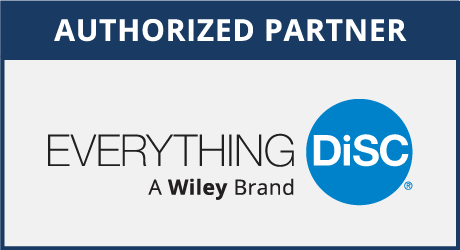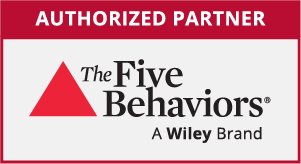The ability to communicate effectively is one of the most important responsibilities of a leader. When they do it well, things seem to work more smoothly. However, when it is done poorly, it results in countless problems including missed deadlines, poor performance, interoffice conflict, and don’t forget gossip. Yes. When people don’t understand what or why something is happening, they tend to make things up.
How do you know if you are communicating effectively?
Great question! And the answer is … if you’re getting results!
On the flip side, according to John Stoker, author of Overcoming Fake Talk, a conversation that seems to go well but then nothing happens is called “fake talk.” Stoker writes that fake talk occurs because we expect people to read our minds, we think our intentions are obvious, and we are so vague that even a mind reader would misinterpret what is being said.
Instead of “fake talk,” what if we could engage in powerful conversations that left people feeling valued and respected, strengthened relationships, and delivered remarkable results? The following is a simple 5-Star Conversation Model that has helped hundreds of clients avoid “fake talk” and facilitate powerful conversations.
- Articulate the Purpose. Before engaging in a powerful conversation, it is important that everyone clearly understands the problem, challenge, request or goal. Be specific. What is the problem? When is it a problem? Where has the problem occurred? Why is it a problem for us?
- Define the Win. Now that you have articulated the problem or the goal, it is important to explore the “win.” Players on a sports team know when they are advancing in the game because they know what it takes to “win.” Before you move any further in the conversation, make sure you take time to define the win … to define success. This gets everyone moving in the same direction and focused on the ideal outcome.
- Set Expectations. Don’t assume they know what you want. This is the point where you can share what matters most. Whether it is a specific outcome, objective, stakeholder, or process, spell out what you expect from the outcome as well as from them individually and collectively.
- Ask Questions. Don’t skip this step because “telling” isn’t communicating. When you ask questions, it challenges their thinking and gives them a platform to provide their input. This ensures the team is engaged, is a part of the solution, and that you have buy-in. For example, “What are viable solutions? What do you think would be the best approach? What are possible barriers that might prohibit success? What resources do we need? What support do you need from me?”
- Gain Commitment. This step is what differentiates powerful conversations from fake talk. Powerful conversations set the stage for action and accountability. Simply bring the conversation to a close by asking questions such as: “What is your commitment? When will you get this done? How will you keep me informed?”
Whether you are facilitating a team meeting around a team project or holding a quick, five-minute conversation in the hallway, the 5-Star Conversation Model is a great tool that will help move your conversations from good to great!
QUESTION: What is your personal commitment to overcoming fake talk?




